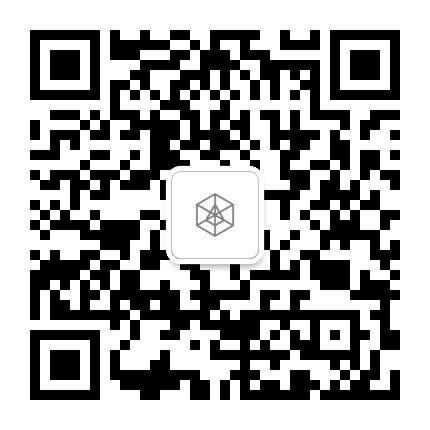ArcBlock Hackathon 2020 - NFT Analysis
2020-06-29
On June 27th, developers participating in ArcBlock's virtual hackathon presented their projects live. One of the leading demos was the NFT Analysis App, which can be viewed here.
Before reviewing the demo, let's again review the definition of NFT, or non-fungible token.
Non-fungible token (NFT) is a special type of cryptographic token which represents something unique; non-fungible tokens are thus not mutually interchangeable by their individual specification, which is in direct comparison to something like Bitcoin which is considered to be a fungible token and are interchangeable.
Or, one could simply say non-fungible tokens (nfts) are a specific type of digital asset where each token is individualized and has unique identifier that makes it unique compared to other NFTs. Today, NFTs are most commonly used for things like digital collectibles, digital ownership, credentials, event ticketing, supply chain and many more.
Project Features
NFT Analysis Project Description: create and run your own NFT analysis on any ArcBlock generated non-fungible token (NFT).
- Synchronize NFT data on the chain index
- Multi-dimensional, customizable analysis of NFT data on the chain
- Easily customized NFT showcase page
NFT Analysis Introduction for Developers
The code logic is written using the JavaScript SDK provided by ArcBlock, and the main logic includes:
- A full-volume synchronization of NFT Tx created on the chain based on the listTransactions API
- After the first full amount of synchronization, later synchronization can be based on different parameters:
timeFilterfor incremental synchronization - A full amount of scan updates to NFTs that have been synchronized based on the
getAssetAssetStateAPI, keeping the NFT synchronized locally to the latest state on the chain - Regular
listTransitionsincremental synchronization and full-volume synchronization of NFTs latest state. - The scope of this analysis for this demo uses the NFT assets issued by ArcBlock DevCon during its DevCon conference.
Core table structure:
addressNFT chain addressNameNFT NameTypesstored on type NFT chainCustomTypecustom-made redundant propertiesCustomCategorycustom redundant properties based on customTypeOwnerNFT OwnerIssuerNFT IssuerIssuerNameNFT Issuer NameCreatedAtNFT Creation Time
Third, the functions that have been implemented
- Customized analysis statistics based on an Issuer-issued NFT
- Based on synchronous data, perform a ranking statistic and detail statistics on the chain owner
NFT Analysis Demo
## More ideas- Supports switching between different blockchain networks
- Types of assets that support custom analysis
You can check out the rest of the demos and ArcBlock's NFTs for the devcon and hackathon here:
NFT Badges and Demos:https://devcon.arcblock.io/en/hackathonitem

